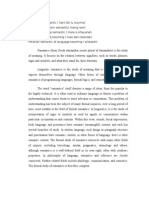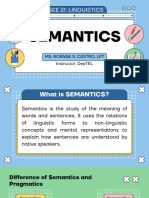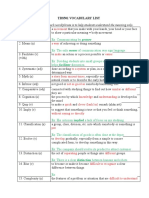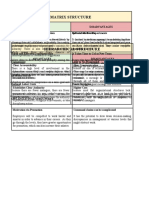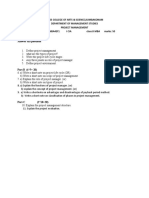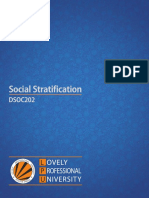0% found this document useful (0 votes)
35 views3 pagesSemantics - Definition of Semantics - Importance O...
Semantics is the branch of linguistics focused on meaning, exploring the relationship between signs and their referents. It encompasses key aspects such as lexical semantics, sentential semantics, and pragmatics, which are vital for clear communication and idea structuring. Understanding semantic fields, synonymy, and antonymy enhances vocabulary and comprehension, facilitating effective expression and reducing misunderstandings.
Uploaded by
Aildelia MoralesCopyright
© © All Rights Reserved
We take content rights seriously. If you suspect this is your content, claim it here.
Available Formats
Download as PDF, TXT or read online on Scribd
0% found this document useful (0 votes)
35 views3 pagesSemantics - Definition of Semantics - Importance O...
Semantics is the branch of linguistics focused on meaning, exploring the relationship between signs and their referents. It encompasses key aspects such as lexical semantics, sentential semantics, and pragmatics, which are vital for clear communication and idea structuring. Understanding semantic fields, synonymy, and antonymy enhances vocabulary and comprehension, facilitating effective expression and reducing misunderstandings.
Uploaded by
Aildelia MoralesCopyright
© © All Rights Reserved
We take content rights seriously. If you suspect this is your content, claim it here.
Available Formats
Download as PDF, TXT or read online on Scribd
/ 3





















